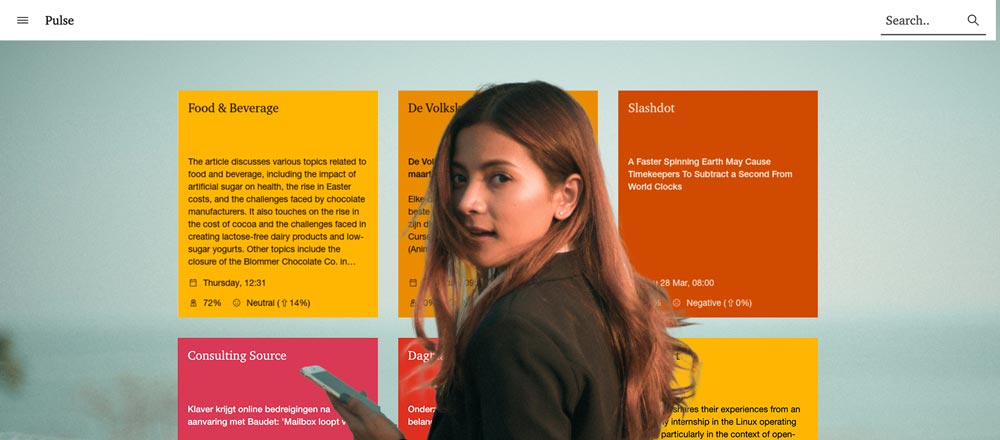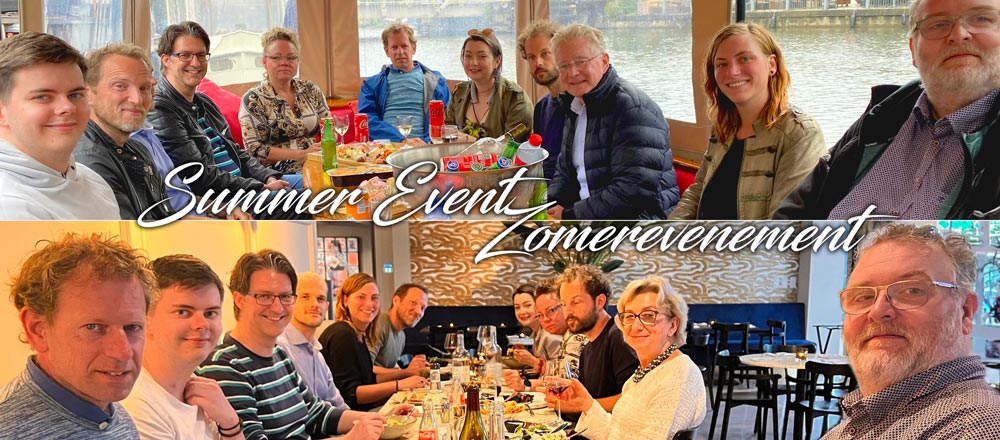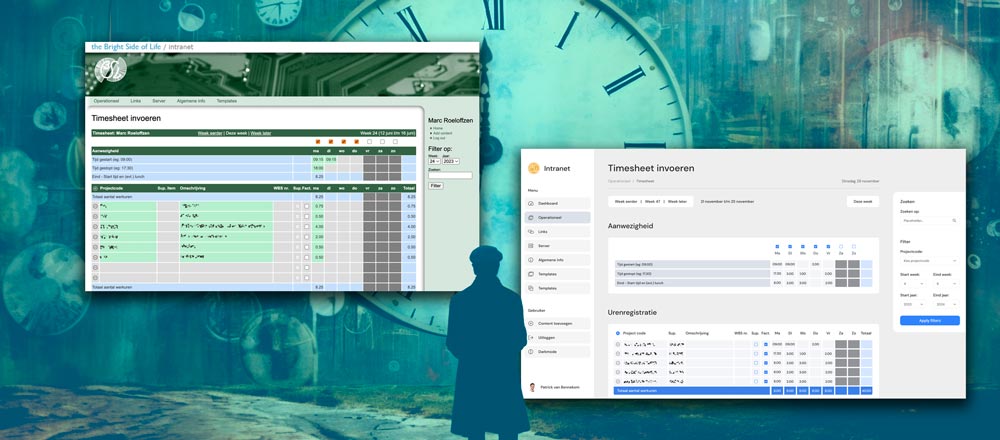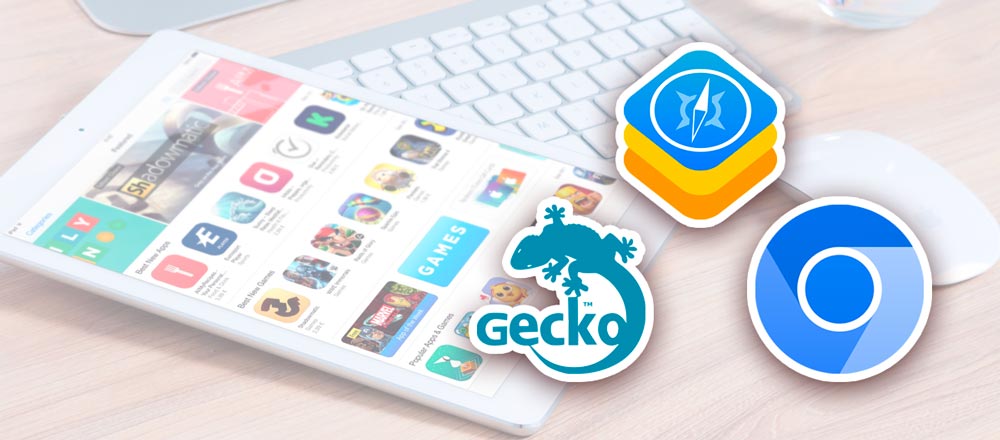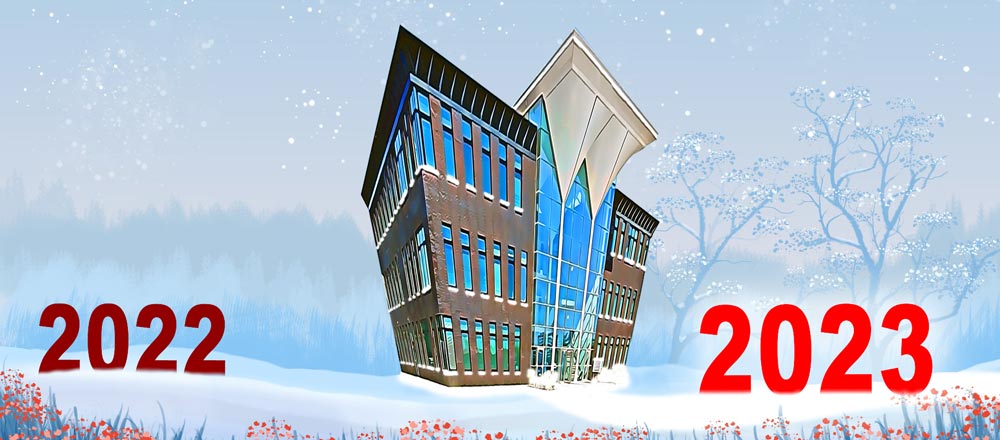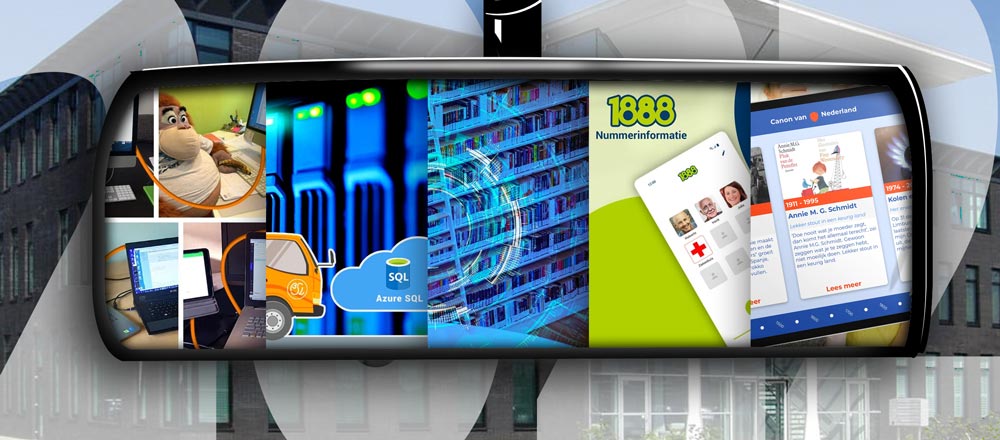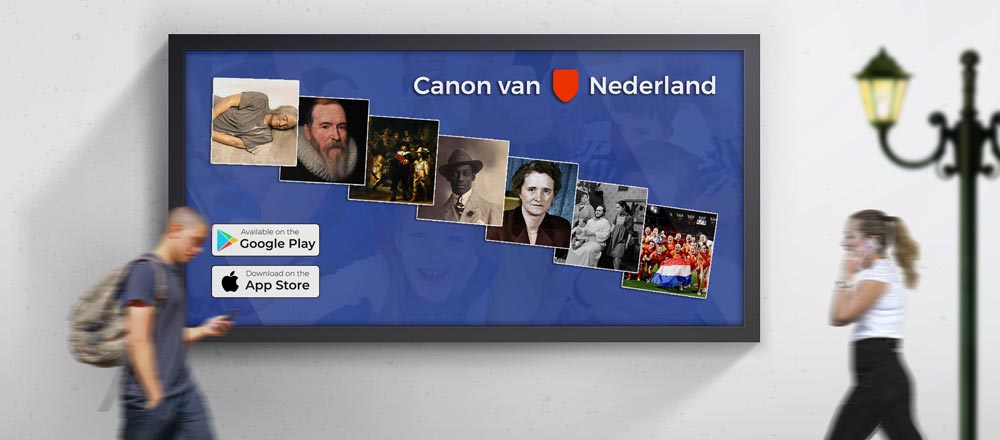Agile working is ideal for teams working in multiple locations. Furthermore, Agile is now popular with many of our customers. However, although we’ve applied Agile techniques for several years, there’s always room for improvement. Scrums and Agile working is not so much about strictly following a particular methodology. Each client has their preferences, and we’ve therefore learned to refine our working method to suit each customer. Fortunately, this type of refinement is more or less built-in to Agile: the Sprint Retrospective.
NBD Biblion
We regularly work with NBD Biblion on development projects. And in recent years, more and more of these projects use Agile working and Scrums. During the latest two Sprints in their databank project, the Coronavirus meant that we had to adjust our approach. Naturally, there were no on-site meetings. Contact was made only via online conferencing, using tools such as Microsoft Teams, and Google Meet. We’re pleased to say that Agile working made the necessary changes in communication straightforward.
Agile working with NBD Biblion
In this case, our Agile working takes on some unique characteristics. We use variable-length Sprints of 2 to 3 weeks. It is usual for Sprints to be carried out consecutively, with no delay between them. However, NBD Biblion prefers to have intervals between Sprints. An opportunity to gather feedback from users and work on the backlog. Because of this, our Sprints often include a two-week development Sprint, followed immediately by a maintenance Sprint. So we can correct any issues before we install the software in production.
Daily Standups
We’ve reintroduced daily standups, after a period where we only planned ad hoc calls. Regular standups offer many advantages. With just a limited time investment, we can discuss practical matters and status updates. Furthermore, we can respond quickly to new insights. The most recent Sprints were carried out by small teams, covering all the skills needed for the project. All team members took part in the standups, so all aspects of the project could be covered. Remote working made this very easy, as no travel time was lost.
Along with daily standups, we also introduced Trello, a product from Atlassian. This software provides a central repository for maintaining the product backlog. It also plays a leading role in sharing information between team members. Above all, it ensures transparent communication between BSL and the client.
Retrospectives
Many of these changes arose from our retrospectives, held at the end of each Sprint. The term “Lessons learned” is very cliched, but when applied to Agile working, change can be rapid and have considerable impact. The concept of Agile working means that all parties should be open to change, primarily when these changes improve performance. Given the excellent results from the most recent Sprints, we expect to continue using these methods in later phases of the project. Of course, we will continue to monitor all aspects of each Sprint, with every chance of further improvements in the future.
Scrum with other customers
The benefits of Scrum are evident to many of our customers. However, our application of Agile working varies with each client. Often the details vary with factors such as the size of the team or the type of development. We encourage this flexible approach. There is no “one size fits all.” Agile means that we can work with each client in the way that best suits them. Of course, we’d like to talk to you. Perhaps we can learn how best to apply Agile methods to your next project. If you would like to learn more about BSL, and our experience of Agile working, get in touch.




